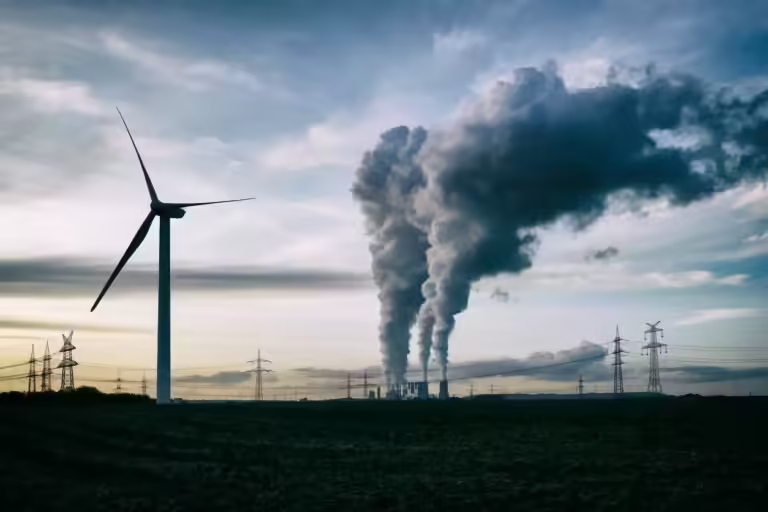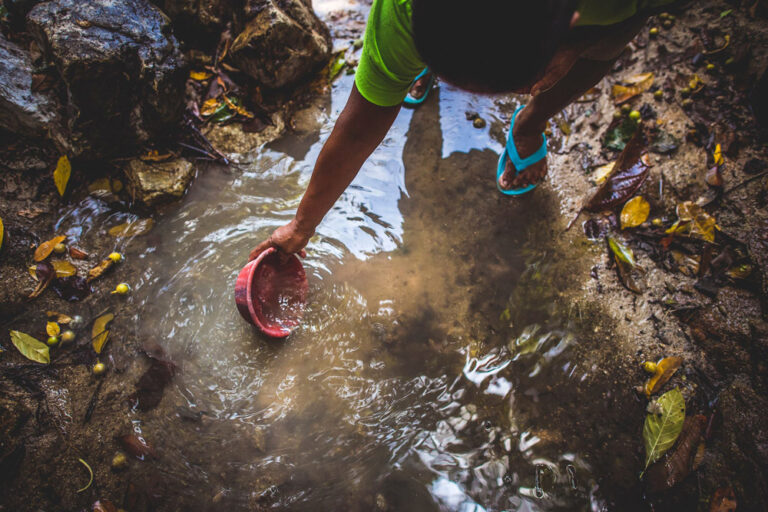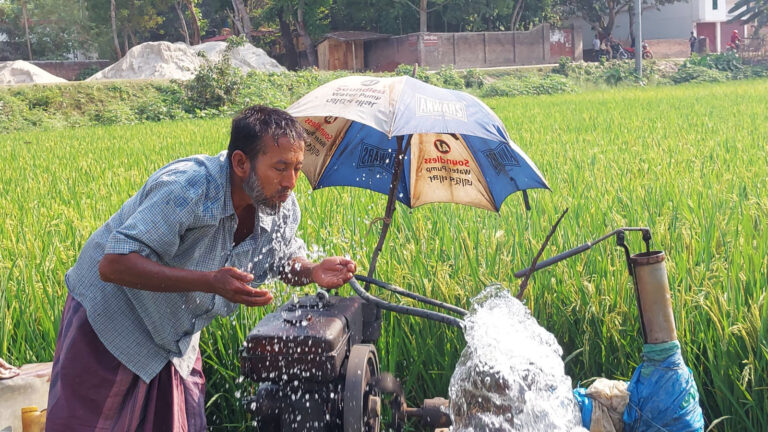
The Grand Ethiopian Renaissance Dam (GERD) stands as Africa’s largest hydropower project, reshaping Ethiopia into a regional power player. Built on the Blue Nile since 2011, GERD generates over 5,000 megawatts, not only meeting Ethiopia’s rising energy needs but also positioning the country as a key exporter of electricity to East Africa. Deals with Sudan, Djibouti, and Kenya underline how GERD is making Ethiopia central to regional energy development.
Water Diplomacy: Navigating the Nile

The Nile’s journey begins in Ethiopia’s highlands, flowing north through Sudan and into Egypt, where it is the lifeblood for both nations. For decades, Egypt and Sudan depended on the river with little input from upstream Ethiopia. GERD’s reservoir changed that dynamic, with Ethiopia now able to influence the river’s seasonal flows. Tensions have run high since Egypt fears reduced freshwater access, and Sudan grapples with managing both flood and drought risks. Talks have led to frameworks for cooperation, but no lasting agreement. The dam’s construction and operation highlight how deeply the water trajectories of these countries are intertwined.
Funding GERD and the Role of China
Unlike most mega-projects on the continent, GERD’s funding is homegrown. Ethiopians contributed through buying bonds, donations, and diaspora, showing support by sending in money through remittances. Yet China’s role is significant, supplying over a billion dollars for turbines and infrastructure, and deploying engineering expertise. This partnership links China’s ambitions to Africa’s future, potentially expanding Beijing’s influence over energy and water governance across the region. After all, Africa is part of China’s string of pearls plan.
Laws and Disputes around GERD

Grand Ethiopian Renaissance Dam (GERD) (Photo: ENA)
Ethiopia holds two significant advantages that serve as strategic leverage. First is its key geographical position near Lake Tana, the source of the Blue Nile. Second is its large and youthful workforce. The construction of the Grand Ethiopian Renaissance Dam (GERD) helped Ethiopia capitalize on both securing control over a vital water source while simultaneously generating employment opportunities for its growing population. Conceived by Prime Minister Meles Zenawi, GERD was born out of Ethiopia’s pressing need for energy and its ambition for greater economic self-reliance. While Ethiopia relies on international law to justify its use of the Nile, Egypt cites older treaties to claim historic water rights. Despite a 2015 Declaration of Principles and ongoing African Union mediation, direct conflict has been avoided, but legal and political battles persist. GERD is not unique; Egypt’s Aswan High Dam and Sudan’s Roseires Dam illustrate that disputes over shared rivers are a global phenomenon, as seen on the Mekong and Tigris-Euphrates systems.
What lies Ahead?
GERD is changing how Africa handles energy and water, showing both the potential and the challenges of sharing natural resources. With no final agreement in place and competition growing, one key question remains: Can countries that rely on the same river move past conflict and work toward a shared future?
For more such informative articles, check out The World Times



